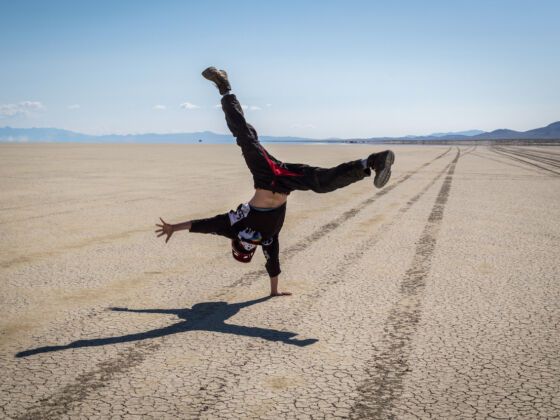The epic journey there
Black Rock City is located some distance northeast of Gerlach, which is in turn located some distance northeast of Reno, which is not conveniently situated to anyone outside of a few nearby gamblers. At least it has an airport, which allows the many foreign Burners somewhere to fly into, but whether you fly or drive, getting to Reno will entail several hours of transit.
